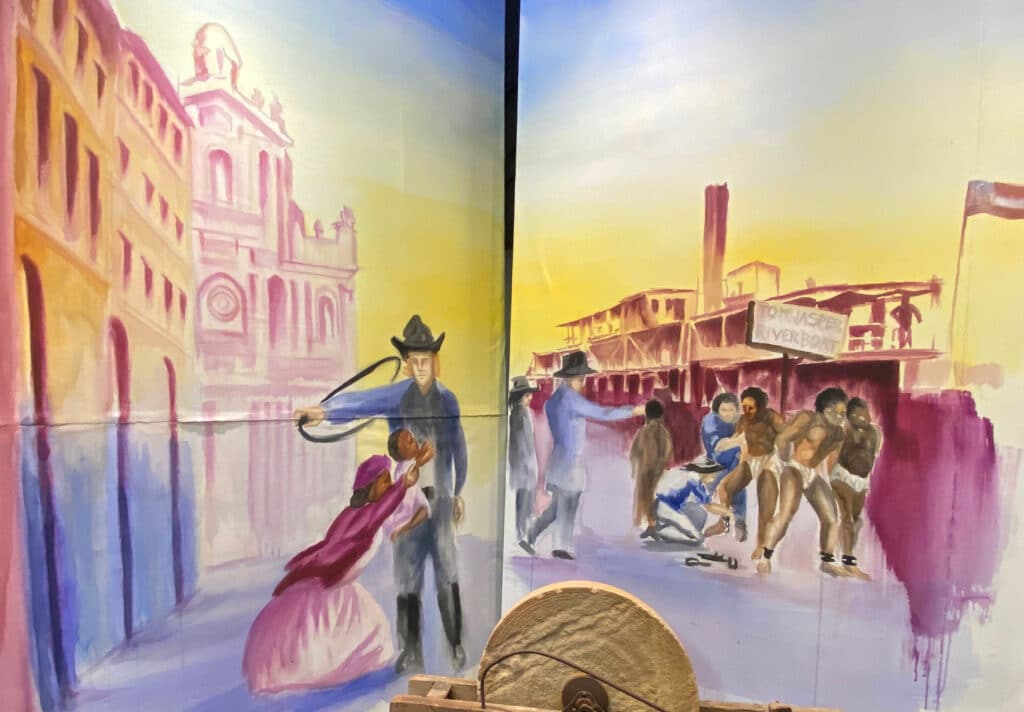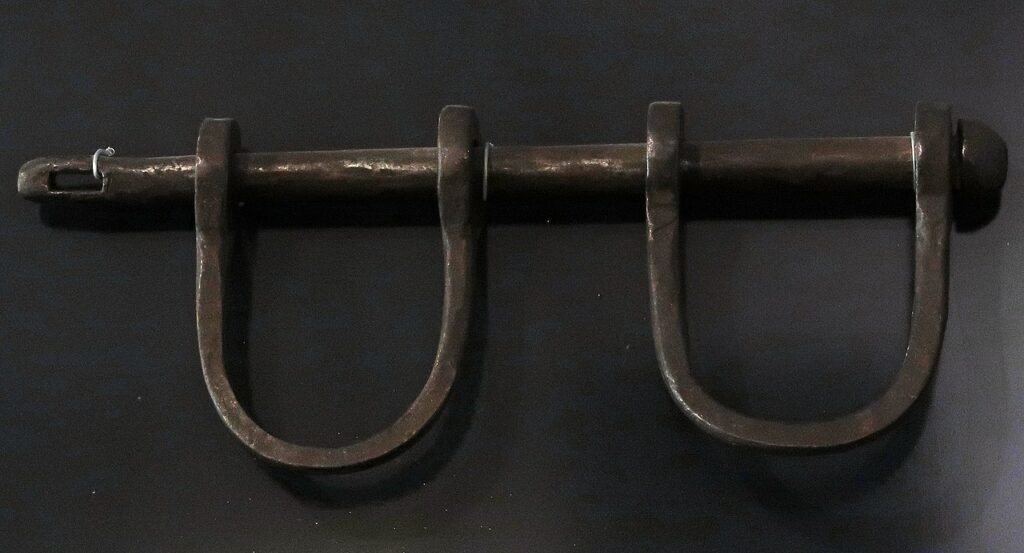Roots 101 African American Museum: Where Legacies Matter
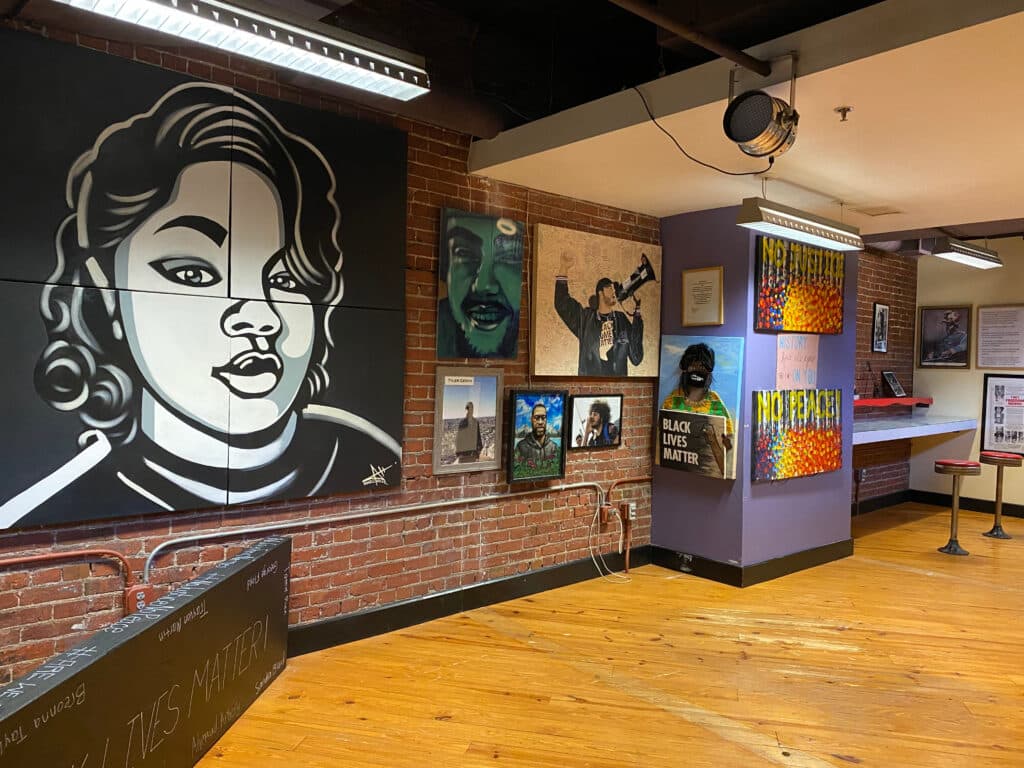
As you enter Roots 101 museum in Louisville, Kentucky, portraits of royalty catch your eye. Tucked away on a side street just steps from the Ohio River, this unassuming location delivers the true African American story with more punches than you could ever imagine. Founded by Lamont Collins who moved to Louisville in the 1960s and found acceptance as an athlete, this unique museum packs powerful realities into every inch.
The mission of Roots 101 focuses on the exploration of the African American story. Designed to help patrons grow a greater understanding of the achievements, cultural contributions, and the experiences of African Americans. Collins derived the museum’s name from the idea that the first class taken on any subject in higher education is a 101. Collins chose exhibits that create an immersive beginning to leaning the African American history. Through this focus, the museum experience raises awareness of the African American experience from royalty to slavery to freedom. There’s so much to see and ponder. Here are a few samples of exhibits you’ll experience at Roots 101.
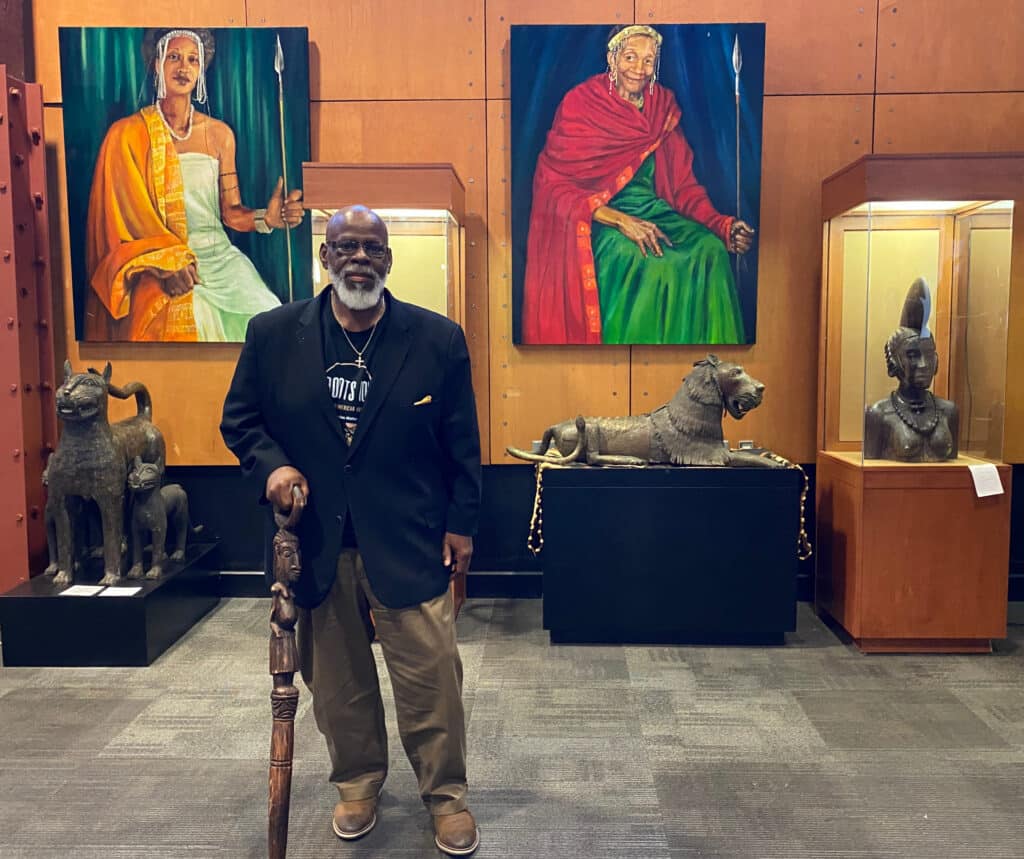
A Royal Heritage
In a positive start, portraits of queens line the walls in the first exhibit you see upon entry into the museum. The exhibit showcases treasured artifacts tracing the history of African American to their origins – a heritage of royalty. Two thrones sit side by side, the larger of the two belonged to the queen. Detailed carvings of children honor her role in keeping the family together. The king’s throne represents decision making as a nod to his role.
On display nearby, are the Benin Bronzes. This group of sculptures created by the Kingdom of Benin illustrate the rich culture, innovation, and diversity of Western Africa.
Slavery and the Civil War
As you move through Roots 101 the grandeur of the years of royalty gives way to the realities of slavery. Shackles worn by the enslaved are difficult to see – especially those for the children and even infants. At Roots 101 it’s ok to touch most of the exhibits. Holding the child-sized chains in my hands brought tears to my eyes.
Artifacts from the Civil War share the stories of the Black men who joined the Union army to fight for their freedom. Initially, Black men, whether free or enslaved, from the North or the South, were not allowed to join the United States military. But with the Confederates knocking at Washington D.C.’s door, Congress passed two laws that gave them a chance to enter the Union ranks. Many African American men escaped from their enslavers in order to make a long and potentially dangerous journey to the nearest enlistment place. The We Fought for Our Freedom exhibit tells the stories of 10 of these men.
Cultural Contributions of Black Americans
Due to segregation, African American athletes were limited to playing for segregated teams and leagues. The Great Equalizer exhibit focuses on the triumphs of African American athletes from Jackie Robinson to Louisville’s hometown hero, Muhammed Ali.
The Roots of African American Music exhibit showcases the immense contributions made by African Americans through music including vaudeville, minstrels, buskers, blues, jazz, Motown and more.
Big Momma’s House
Traditionally, Black Americans didn’t learn their true heritage from edited history books. Those lessons were learned from the grandmother. Every Black family has a “Big Momma” or a matriarch whose house is filled with family history and achievements. The Big Momma’s House exhibit at Roots 101 represents one of these homes.
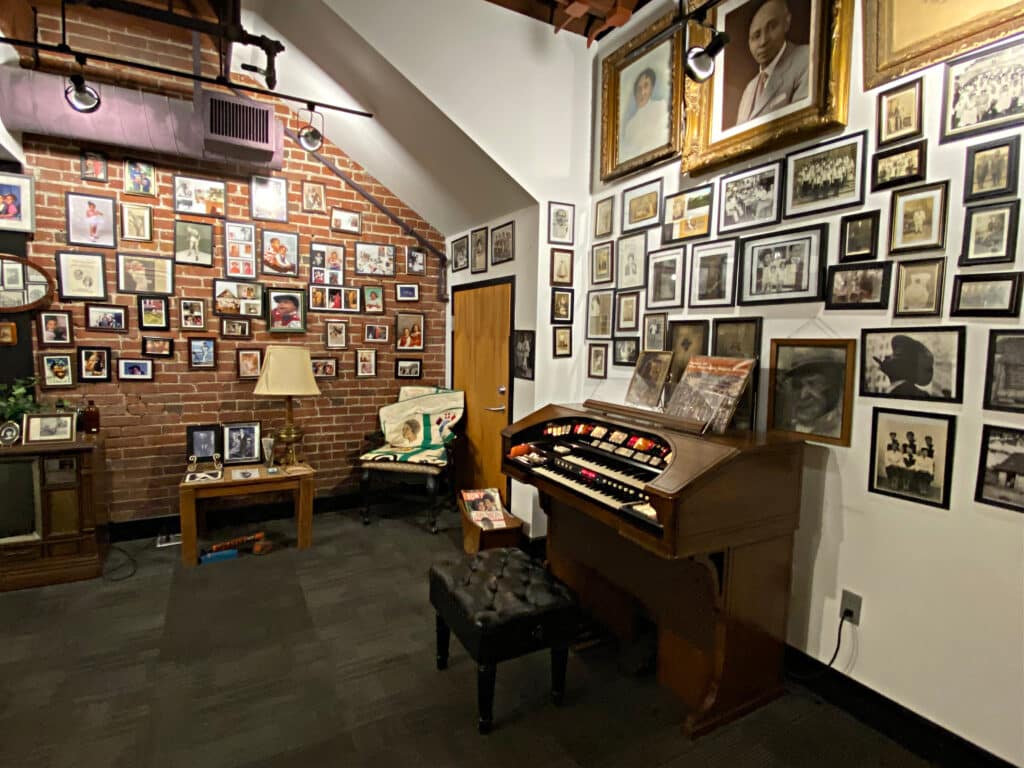
Protest to Progress
Bringing the present day into the museum, the Protest to Progress exhibit delves into the Black Lives Matter movement with emphasis on the death of George Floyd and Louisville resident, Breonna Taylor. Items from the 2020 protests are on display along with many emotional pieces and works of art. The exhibit also focuses on the resiliency of the African American community and the way younger generations of all races and cultures are seeing positive social change.
Hope for the Future
The African American story continues in one of the most positive hopeful exhibits I’ve seen in any museum. In Black to the Future, photographs of African American children dressed as what they want to be when they grow up line the walls. Collins wanted the children of today to believe in themselves and know that they can grow up to be whatever they want. The huge smiles on the faces of these children dressed as nurses, doctors, train operators and more deliver a very positive message of hope for the future. www.roots-101.org
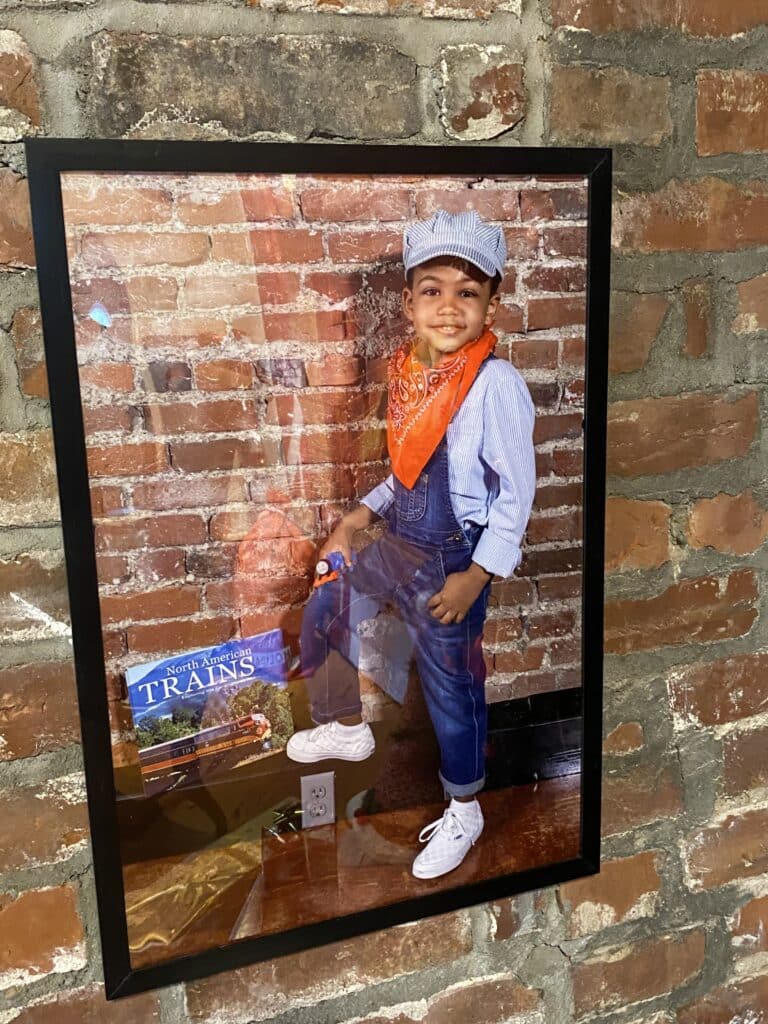
COVER: Roots 101 Protest to Progress. Photo: Terri Marshall
Book your stay in Louisville, Kentucky
Use the interactive map to search, compare and book hotels & rentals at the best prices from a variety of platforms including Booking.com, Hotels.com, Expedia, Vrbo, and more. You can move the map to search for accommodations in other areas and also use the filter to find restaurants, purchase tickets for tours and attractions, and locate points of interest!


Based in New York City, Terri Marshall is an award-winning writer covering cultural travel, multi-generational travel, food, drink, road trips, cars and characters. From hanging out with penguins in Antarctica to fishing for piranhas in Peru, Terri’s always up for an adventure. Publication credits include AARP, SheBuysTravel, Girl Camper, Island Soul, Chilled, A Girls Guide to Cars, Alaska Business Magazine, North Hills Monthly, Around Wellington and more. Connect with Terri and see more of her work and radio appearances at www.trippingwithterri.com.
